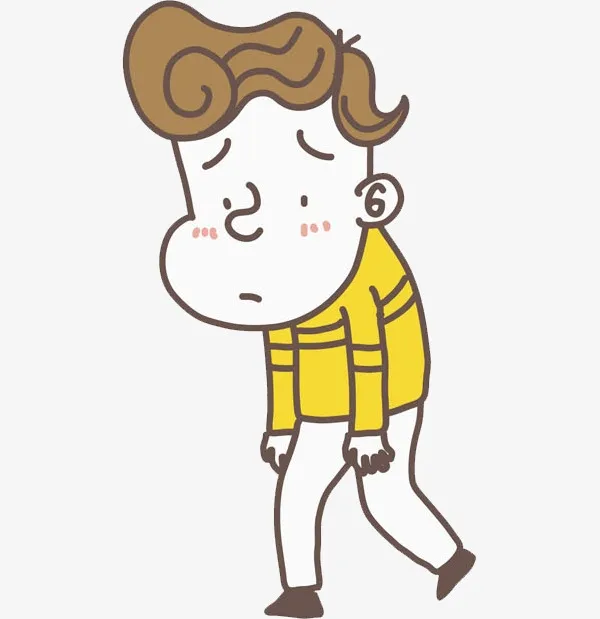The study conducted in seven countries in the world reveals the widespread confusion that exists on this disease.
Four out of five parents have trouble recognizing diabetes warning signals in their children.
That is the conclusion of a survey carried out by the International Diabetes Federation (IDF) in seven countries in the world that reveals the widespread confusion that exists over this disease.
The FDI, which publishes the report on the occasion of World Diabetes Day held this Wednesday, November 14, states that it is necessary to improve the education and awareness of people about this disorder that in recent decades has increased drastically throughoutThe world.
What are the first symptoms of diabetes and responses to another 4 frequent doubts of the disease
Because the sooner the disease is detected, the lower the complications and the long -term effects.
The survey, in which more than 7,000 adults between 18 and 65 years participated, was carried out in China, India, Brazil, South Africa, Turkey, the United Kingdom and the United States.
"There is a lot of confusion about the diabetes warning signs since only 17% named all the correct signals."
As the Federation points out: "Although most of the people surveyed said they had a relative with diabetes, an alarming number of parents had problems recognizing the warning signals."
"There is a lot of confusion about the diabetes warning signs since only 17% named all the correct signals."
Warning signals that diabetes can be present:
- Thirst excessive
- Frequent need to urinate
- Lack of energy
- Blurred vision
- Wounds that do not heal or heal
- Foot and/or hands numbness
chronic disease
According to the World Health Organization (WHO), 422 million people live with the disease and every year 1.6 million die from it.
Diabetes is a metabolic and chronic disease, characterized by high blood glucose levels, which over time leads to serious damage to the body.
The most common form of the disease is type 2 diabetes.
There are 5 types of diabetes and not only 2: the study that could change how the disease that affects 1 in 11 people in the world is.
This occurs mainly in adults, when the body becomes resistant to insulin - the hormone produced by the pancreas and helps level blood glucose levels - or cannot produce enough insulin.
Another form of diabetes is type 1, which used to be called youth diabetes because it mainly affects children and young people.
In this the pancreas produces little or no insulin.
This is another surprising cause of type 2 diabetes that you may never have thought
Type 1 diabetes can be presented even in babies.
One of the cases highlighted by the IDF report is that of Julieta Laudani, an Argentine mother who discovered that her daughter Fran suffered from type 1 diabetes when the girl was only 18 months old.
Julieta, like many other parents, did not think that babies could have this disease.
One of the indications of the condition was that the girl could get up to eight diapers in short periods.He says that discovering that the baby had diabetes was a shake.
"Fran was aware, I was not dehydrated or anything. We had no idea that diabetes could be present in young children," says the mother.
"We knew that adults could get sick, the elderly, for example, but those were not our circumstances. There is not much knowledge of this and you have to change it."
There is nocure for the disease but can be controlled with changes in lifestyle and regular checks.
There is no cure for diabetes but if it is not treated and controlled, it can lead to serious damage in the body such as renal failure, loss of vision, neurological damage, limb amputation, risky risks of cardiovascular problems, including heart attacks and strokes.
"It is vital that we all learn to identify the diabetes warning signs," says Professor Nam H. Cho, president of the IDF.
"Unfortunately, diabetes can easily go unnoticed or can be confused with other disorders and this causes people, whether children or adults, are vulnerable to serious consequences," he adds.
Control
There is no cure for diabetes, but it is possible to handle it and live a normal life leading control of medications and undergoing regular analysis to avoid complications.
In the case of type 2 diabetes it is possible to prevent it with simple changes in lifestyle that include a healthy diet, regular physical activity, maintain normal weight and avoid tobacco.


